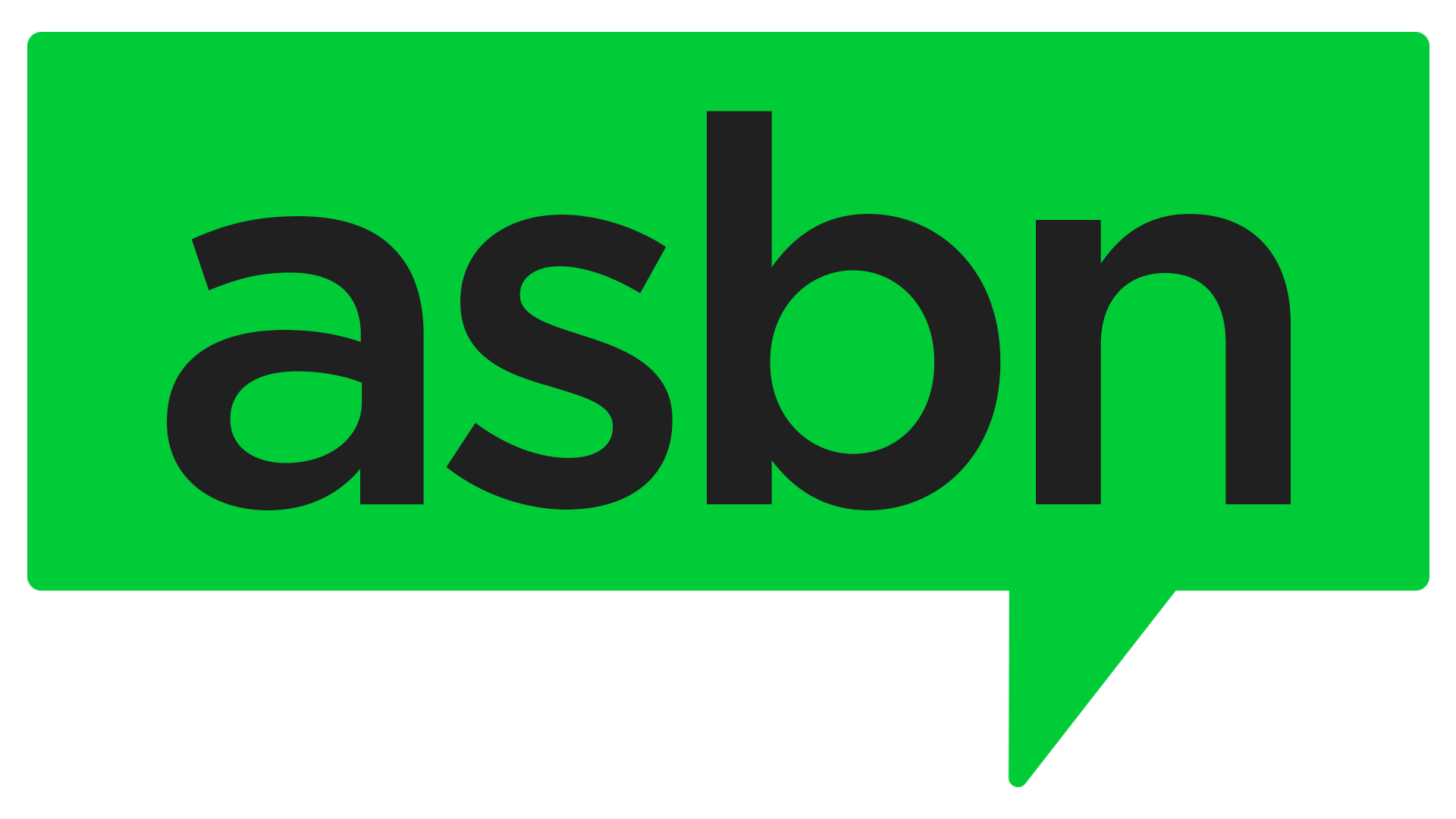Today’s challenge for small business marketing teams isn’t deciding whether or not to put money on apps to interact with their target audience; it’s figuring out how to get those apps in front of the right eye.
This blog provides actionable tips to maximize app store performance, whether you’re new to App Store Optimization (ASO) or want to enhance your strategy.
What is App Store Optimization?
ASO is a strategy used to raise an app’s rankings inside an app store. The app stores provide a ranking to each app based on several criteria. You can increase your app’s exposure and downloads by utilizing well-chosen keywords, helpful visuals, and localized descriptions.
Although ASO is sometimes related to SEO, it is limited to the search features and rankings used by app stores. However, there are a few areas where search engine optimization (SEO) and app store optimization (ASO) overlap. This might be useful when you start working to boost your app’s visibility.
ASO is an internal search engine. Like search engine optimization, it requires proper indexing, easily discoverable material, and the ability to manipulate the App Store’s ranking algorithms. There’s much room for growth in terms of exposure and downloads if you can effectively convey the benefits of your application to the app store and prospective customers.
Importance of ASO for App growth
As a small tech startup, achieving the intended reach is the primary objective. Optimize your app for app stores if you want your app to reach the right audience. Many industry experts think app optimization is the most important step in promoting a mobile app or game.
Here are some of the favorable outcomes you can achieve with App Store Optimization:
Increase App Store Exposure
No one will download your app if they can’t find it. Your app’s visibility is crucial if you want to increase downloads. ASO draws attention to your app in a sea of competitors. Making your application accessible to those who are looking for its specific features is just as important. ASO’s part in expanding an app is like throwing open a door, asking people to come in and experience what they’ve been missing.
Discover Relevant and High-Quality Users
It’s not enough for your app to be discovered; it has to be found by people actively looking for applications like yours. App store optimization helps you reach the correct people by matching your application with relevant keywords. Those are the key phrases that will be used to locate your app in online searches.
Increase App Installs Organically
An effective ASO plan will increase organic installations and guarantee long-term success. Your app will appear in the search results for relevant terms when consumers use such terms to find apps. Consistent ASO efforts are necessary to maintain a good search engine ranking.
Reduce User Acquisition Expenses for Steady Growth
Using ASO to expand organically instead of relying on paid advertising will save money on user acquisition. This is a cost-cutting measure that guarantees your app growth.
Boost App Sales and User Engagement
Apps can generate revenue in several ways, including in-app advertising, sales, and subscription plans. Many of you may use advertising strategies to boost traffic and revenues.
However, all that money spent on ads will be for nothing if customers aren’t persuaded to download your application from the app store. Optimizing your app’s conversion and click-through rate is important to ASO.
Appear Globally with Your App
App localization is an app store optimization strategy that makes your app discoverable by people all around the globe by making it accessible in their native language. Utilizing ASO, you can more easily expand the reach of your app throughout the world.
Tips to Conduct ASO Like A Pro
Now that we’ve addressed why app store optimization is critical, here are a few strategies to boost your brand’s presence.
Conduct Extensive Keyword Research
The importance of keyword research in SEO cannot be overstated. The same holds for ASO. You need to do extensive keyword research to improve your app’s visibility in the App Store. Metadata that includes these terms will increase the likelihood that people will come across your app.
Finding high-volume, low-competition keywords is the first step in incorporating them into your app’s title, description, and other metadata. Your app’s title is very important in the app store’s ranking algorithm, so include your primary keyword there.
Create a Catchy Title
Your app’s title is the first thing users will see when they look at your app in the app store. The name you choose for your app should be catchy, simple to say, and original. Furthermore, it must clearly demonstrate the functionality of the application.
The primary term in the app’s title is the most crucial aspect. It will improve your app’s visibility in app stores. But avoid the temptation to fill the title with keywords since this can turn off readers. The name of an app should be simple to say and stick in people’s minds. Use just 20-30 characters for maximum clarity.
Provide A Detailed App Description
Write a comprehensive description of your app to assist people in visualizing its benefits. Be concise and use easy-to-understand language when describing your application. Some app users may need more technical expertise; therefore, avoiding jargon is best.
A user’s decision to download your app is heavily influenced by the description you provide. And use your primary keyword target in the initial lines of the app description.
Use A Captivating App Icon
The app’s icon is crucial to the user’s ability to recall it. A distinctive icon for your app is important since it will be the first thing customers notice.
The icon should visually represent the app’s purpose, much like the name. It has to have good aesthetic value, so keep the design simple and choose colors that stand out.
Encourage Reviews and Ratings
App store optimization relies heavily on star ratings and user reviews. They immediately impact how well and how often users see an app. You can increase your app’s discoverability and the number of downloads it receives by asking users to rate and review it.
When someone uses your app or completes an activity inside your app, you can request a review. When customers rate and review your app, you may thank them with in-app incentives or discounts.
Furthermore, address user concerns and work towards resolving problems raised in feedback. Your app will receive a boost and show that you listen to feedback. Having many positive ratings gives an app a leg up on the competition.
Localize Your Mobile Application
When you localize your app, you modify its metadata and content to work properly in various languages and cultural contexts. You can enhance your app’s exposure and downloads by making it available in other languages.
Conduct this process with due diligence and extreme caution. To help with this, you may get in touch with expert translators in your target languages.
Conclusion
Like SEO, ASO is a continuous task requiring constant attention and refinement. The keywords that provide the best results often differ from those initially selected for the app store.
Most applications go unnoticed since their developers didn’t do any keyword research before submitting them. You have to put in some work to get anything out of ASO. Doing so will guarantee you a steady stream of users downloading your app.







